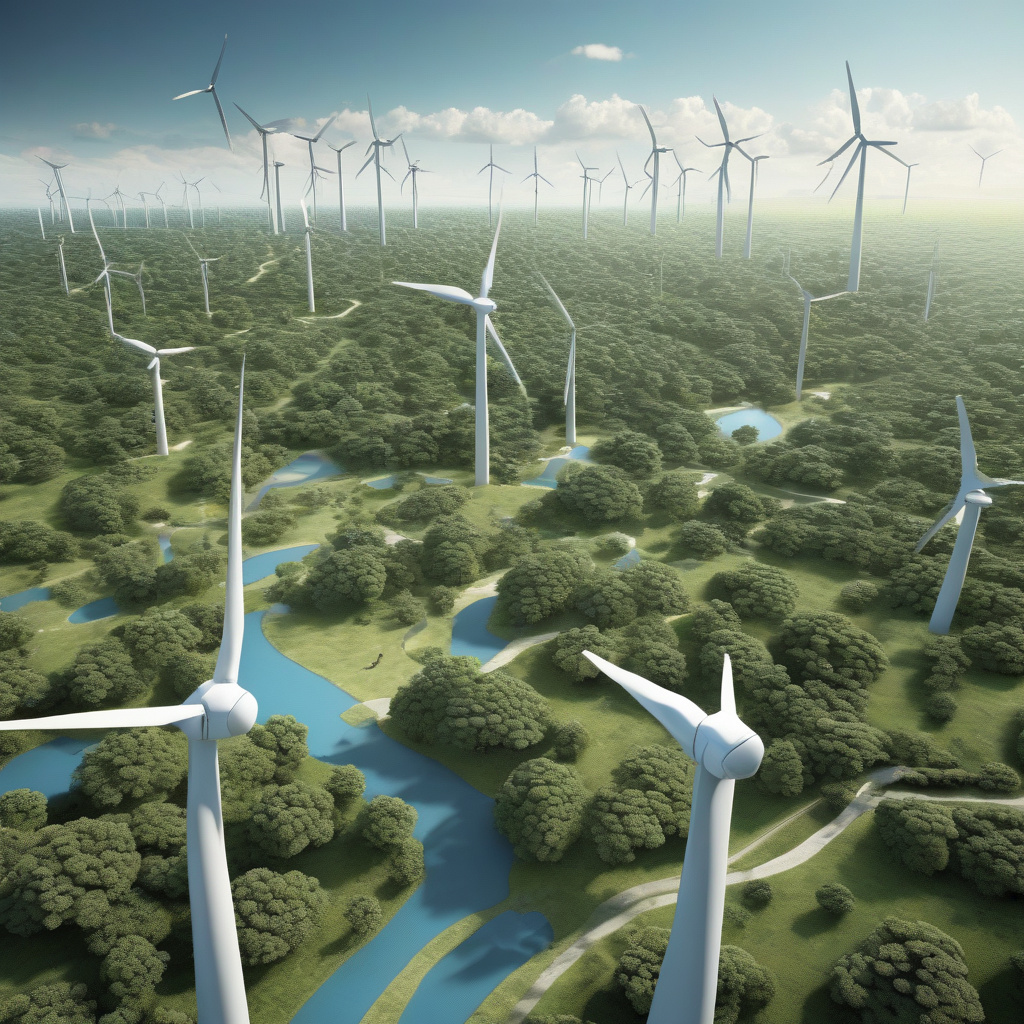Climate change stands as one of the most pressing issues of our time, demanding global attention and innovative solutions. In this quest for sustainability, artificial intelligence (AI) has emerged as a powerful tool in the fight against climate change. With governments and organizations worldwide seeking ways to mitigate and adapt to the effects of environmental shifts, the integration of AI technologies has become increasingly vital.
AI’s role in climate change mitigation is multifaceted. By analyzing vast amounts of data with unprecedented speed and accuracy, AI can provide valuable insights into environmental trends, helping researchers and policymakers make informed decisions. For instance, AI algorithms can process satellite imagery to monitor deforestation, track changes in sea ice levels, or predict extreme weather events with greater precision.
Moreover, AI-powered predictive modeling enables scientists to simulate various climate scenarios, assess risks, and develop strategies to minimize environmental impact. By identifying patterns and correlations within complex datasets, AI algorithms can forecast potential outcomes and recommend optimal courses of action. This predictive capability is crucial for designing effective mitigation measures and building resilience against climate-related challenges.
AI also plays a crucial role in optimizing energy consumption and reducing greenhouse gas emissions. Smart grid systems, empowered by AI algorithms, can balance supply and demand more efficiently, integrating renewable energy sources and minimizing wastage. Machine learning algorithms can optimize traffic flow to reduce fuel consumption and emissions, while AI-powered building management systems can enhance energy efficiency in urban environments.
Additionally, AI enables the development of innovative solutions for sustainable agriculture, water management, and waste reduction. By analyzing soil conditions, weather patterns, and crop data, AI applications can help farmers optimize resource use, increase crop yields, and minimize environmental impact. In water-stressed regions, AI-driven systems can improve irrigation practices, reduce water waste, and enhance overall water resource management.
As we look ahead to the coming years, the role of AI in climate change mitigation is poised to expand even further. Advances in computational power, data availability, and algorithmic efficiency will fuel the development of more sophisticated AI applications for environmental conservation. From enhancing disaster response mechanisms to facilitating carbon sequestration efforts, AI holds immense potential to drive positive change in the fight against climate change.
For developers, the opportunities to harness AI for environmental sustainability are vast and diverse. By leveraging AI technologies, developers can create innovative solutions that address key challenges posed by climate change. Whether designing climate modeling tools, developing smart energy systems, or optimizing resource management platforms, developers have a crucial role to play in shaping a more sustainable future.
In conclusion, the integration of AI in climate change mitigation represents a significant step towards building a more resilient and environmentally conscious world. By harnessing the power of AI technologies, we can unlock new possibilities for combating climate change, safeguarding our planet for future generations. As developers continue to innovate and collaborate on AI-driven solutions, we move closer to a sustainable future where technology serves as a force for positive environmental change.

